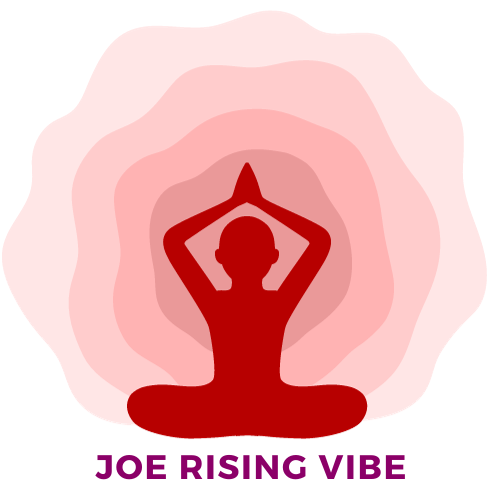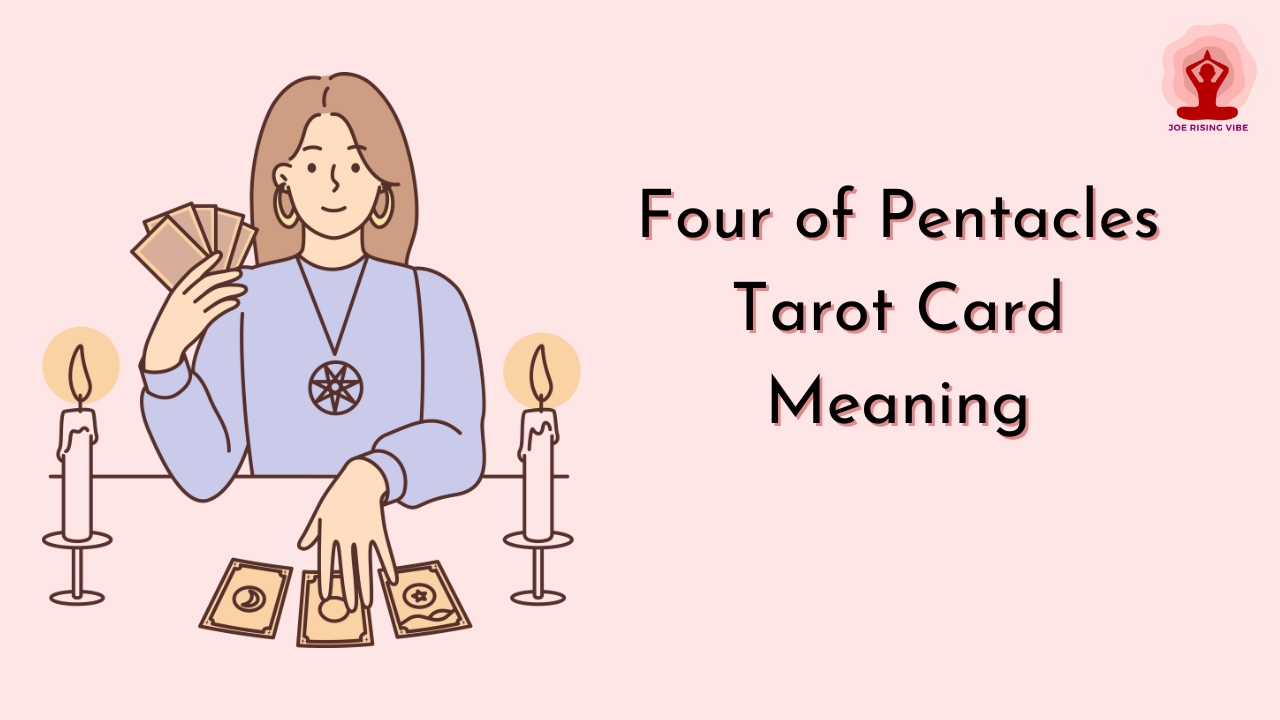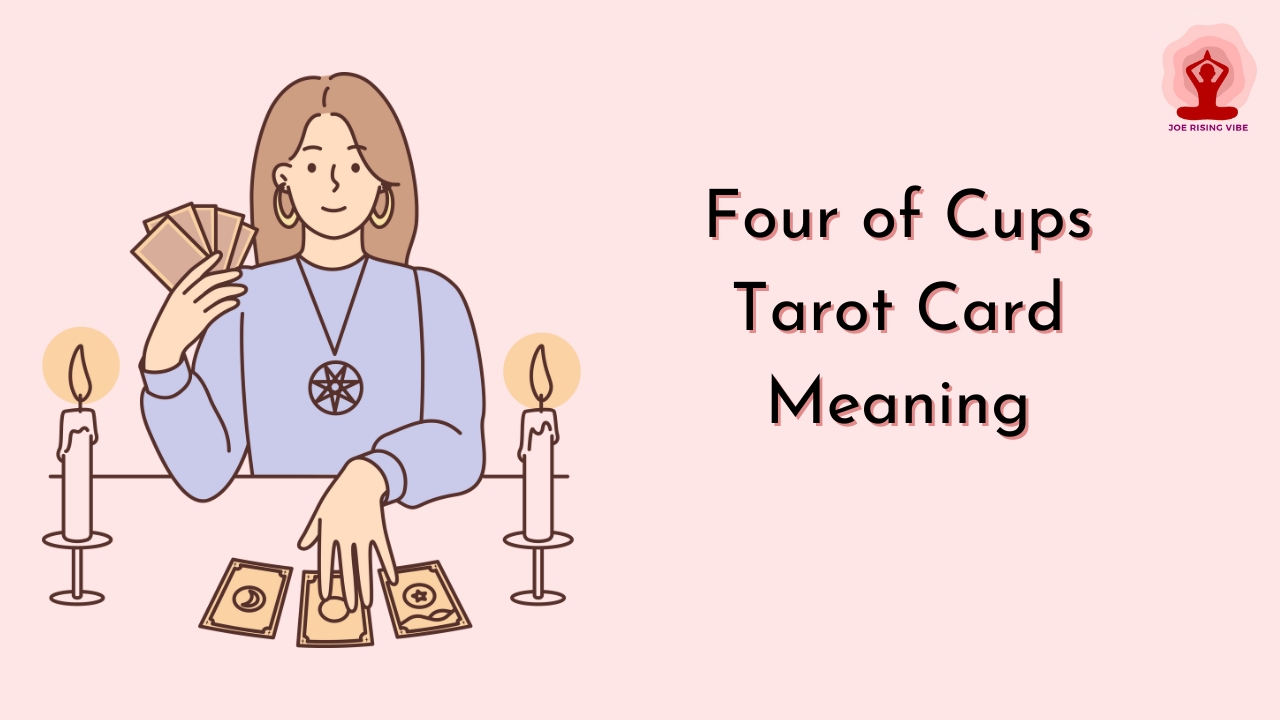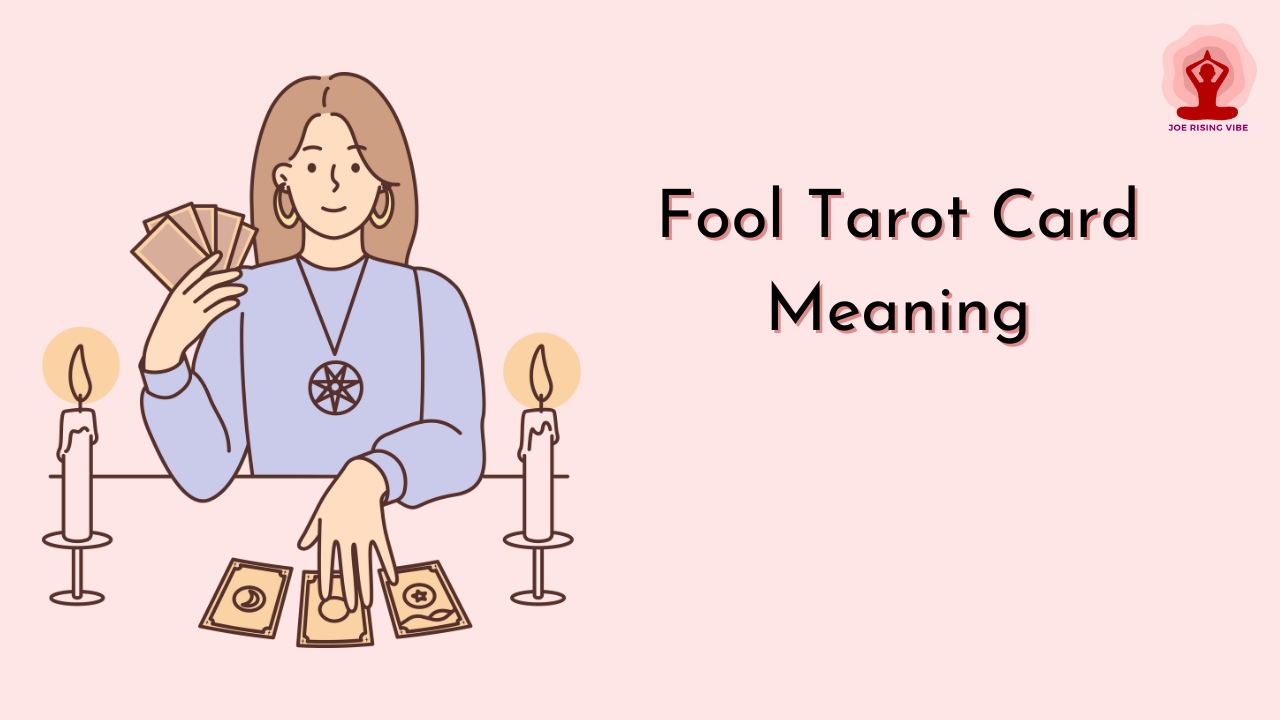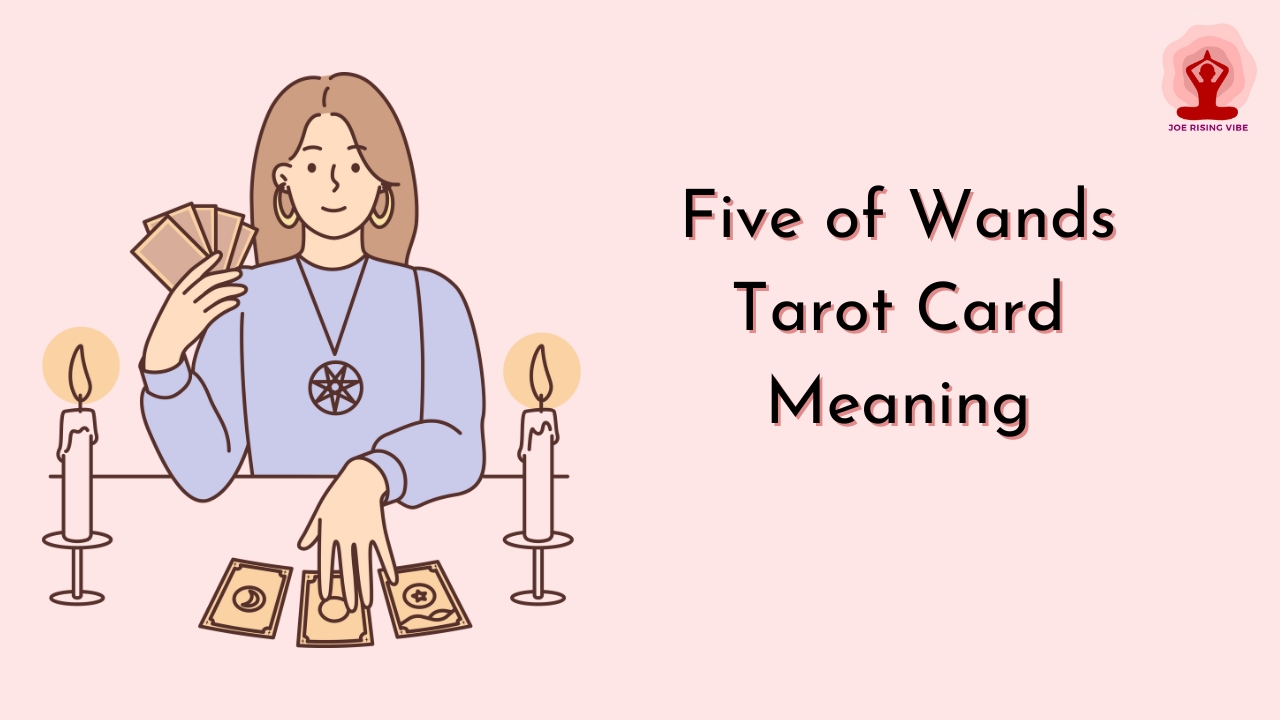Have you ever had a dream where you knew you were dreaming? That’s called lucid dreaming. Sometimes, when we sleep, our body can’t move but our mind is awake; this scary feeling is sleep paralysis.
Both happen during REM sleep, which is a stage of deep sleep with rapid eye movements.
Lucid dreams and sleep paralysis are linked to our brains in complex ways. When we have a lucid dream, the part of our brain with delta frequencies slows down but doesn’t stop REM sleep.
During sleep paralysis, your muscles don’t move as if you’re still in the dream world, even though your mind is alert.
Some people get these two mixed up because they both can seem very real and cause worry or fear. Studies even show that if someone has a lot of lucid dreams, they might experience more instances of being stuck and unable to move while sleeping.
It’s important to know how different they are from normal dreams so we don’t get upset or scared by them. There are good things about knowing you’re dreaming, like doing things that aren’t possible in reality.
But there can be risks too if the dreams become too intense.
You could also learn some tricks to not have as many scary experiences while sleeping—things like changing your daily habits or finding calming thoughts before bed.
Understanding these strange times during our sleeps helps us deal better with them and enjoy resting at night more peacefully.
Keep reading to see how these dream adventures affect us and what we can do about it!
Understanding Sleep Paralysis and Lucid Dreaming
Sleep Paralysis is a temporary inability to move or speak while falling asleep or waking up. Lucid Dreams are when the dreamer is aware they are dreaming and can sometimes control the dream environment.
What is Sleep Paralysis?
Sleep paralysis happens when you wake up but can’t move or speak. It is like being stuck between sleeping and waking up. Your body remains in a state of muscle atonia, which normally stops you from acting out your dreams.
This can be scary and often comes with vivid hallucinations that feel real. You may see things that aren’t there or believe something is in the room with you.
During these moments, people might sense a heavy weight on their chest or have trouble breathing. The experience usually lasts only a few minutes before either falling back asleep or fully waking up.
Although it’s linked to dream stages known as REM sleep, sleep paralysis occurs uniquely outside of dreams themselves.
What are Lucid Dreams?
Lucid dreams occur when a person becomes aware that they are dreaming during their sleep. During this type of dream, the dreamer may have some level of control over the dream environment and can actively participate in shaping the dream narrative.
Unlike regular dreams, lucid dreams bring about a sense of consciousness and self-awareness, allowing individuals to engage more actively with their dreams. These experiences are often linked to rapid eye movement (REM) sleep and can offer various benefits such as creative inspiration and problem-solving opportunities for those who experience them.
Lucid dreaming is an intriguing phenomenon where individuals realize they are dreaming while still asleep, leading to active engagement within their own dreamscape. The experience is associated with heightened consciousness during REM sleep, providing opportunities for creativity and personal insight.
Differences and Similarities Between Sleep Paralysis and Lucid Dreaming
Both sleep paralysis and lucid dreaming can cause confusion and dissociated experiences, but they have different triggers and sensations. Understanding these differences can help individuals navigate their sleep experiences more effectively.
Causes and Triggers
Sleep paralysis can be triggered by sleep deprivation, irregular sleeping patterns, stress, anxiety, and certain medications. On the other hand, lucid dreaming can be caused by enhanced self-awareness during the dream state or through specific techniques such as reality testing and meditation.
The triggers for these experiences are often influenced by mental and emotional factors along with individual sleep habits and practices. It’s essential to recognize these triggers to prevent negative effects associated with both phenomena.
Experiences and Sensations
During sleep paralysis, individuals often report a sense of pressure on their chest and an inability to move or speak. This is accompanied by intense fear and hallucinations, which can be distressing.
In contrast, lucid dreaming involves a feeling of control within the dream, allowing the dreamer to actively participate and manipulate their surroundings. Additionally, lucid dreams are characterized by heightened sensory experiences and vivid emotions, creating a sense of exhilaration and empowerment for the dreamer.
Sleep paralysis triggers feelings of dread combined with visual or auditory hallucinations that may involve sinister figures or perceived threats. On the other hand, lucid dreaming offers a surreal yet captivating experience where individuals feel fully immersed in their dreams while being conscious of their state.
Risks and Benefits
Lucid dreaming can lead to confusion and anxiety, but it also offers benefits like creative problem-solving and emotional healing.
- Risk: Prolonged confusion between dreams, sleep paralysis, and reality can lead to negative psychological effects.
- Benefit: Lucid dreaming provides an opportunity for introspection and emotional processing, leading to potential therapeutic benefits.
- Risk: The potential dangers of lucid dreaming include experiencing nightmares or sleep disturbances.
- Benefit: With proper control, lucid dreaming can be a tool for practicing skills or overcoming fears within a safe dream environment.
- Risk: Negative experiences associated with lucid dreaming may lead to anxiety and fear related to sleep.
- Benefit: By gaining control over dream scenarios, individuals can foster creativity and enhance problem-solving abilities.
- Risk: Confusion between dreams, sleep paralysis, and reality may result in disorientation upon waking up from a lucid dream.
- Benefit: Engaging in lucid dreaming may provide relief from stress and anxiety by promoting relaxation during the dream state.
- Risk: Hallucinations during sleep paralysis can induce severe feelings of terror and distress.
- Benefit: Understanding the triggers and causes of sleep paralysis can contribute to improved management of overall sleep quality and identifying underlying sleep disorders.
Tips to Prevent Sleep Paralysis and Lucid Dreaming
Preventing sleep paralysis and lucid dreaming can be achieved through lifestyle changes, such as regular exercise and stress management. Additionally, practicing good sleep hygiene and incorporating mental and emotional techniques like mindfulness and relaxation can help reduce the likelihood of experiencing these phenomena.
Lifestyle Changes
- Establish a consistent sleep schedule to regulate the sleep cycle.
- Create a relaxing bedtime routine to promote better sleep quality.
- Maintain a comfortable sleeping environment, including a cool and dark room.
- Avoid consuming caffeine and heavy meals close to bedtime.
- Incorporate regular physical activity into your daily routine.
- Limit screen time before bed to minimize disruptions in the sleep cycle.
- Practice stress – reducing techniques such as meditation or deep breathing exercises.
- Seek professional help if experiencing persistent sleep disturbances despite lifestyle changes.
Sleep Hygiene Practices
To maintain healthy sleep and prevent sleep paralysis and lucid dreaming, follow these practices:
- Set a regular sleep schedule to regulate your body’s internal clock. Irregular sleep patterns can trigger dissociated experiences.
- Create a relaxing bedtime routine, such as reading or taking a warm bath, to signal to your body that it’s time to wind down.
- Ensure your sleep environment is conducive to rest by keeping the room dark, quiet, and at a comfortable temperature.
- Limit exposure to screens, especially before bedtime, as this can interfere with natural sleep patterns.
- Avoid consuming stimulants like caffeine and nicotine close to bedtime as they can disrupt the quality of your sleep.
- Exercise regularly but avoid vigorous physical activity close to bedtime as it can make it harder for you to fall asleep.
- Manage stress through relaxation techniques such as deep breathing exercises or meditation.
- Monitor your diet and avoid heavy or spicy meals close to bedtime, which can cause discomfort and disrupt your sleep.
- Seek professional help if you’re experiencing persistent sleep disturbances or dissociative experiences despite practicing good sleep hygiene.
Mental and Emotional Techniques
- Practice Mindfulness: Stay present and aware of your surroundings to ground yourself during episodes of sleep paralysis or lucid dreaming. This can help reduce anxiety and confusion.
- Deep Breathing Exercises: Engage in slow, deep breathing to calm your mind and body, promoting relaxation and reducing the intensity of these experiences.
- Positive Visualization: Before bedtime, visualize peaceful and positive scenarios to influence your dreams and minimize negative effects of sleep paralysis or lucid dreaming.
- Reality Checks: Incorporate reality checks into your daily routine to distinguish between dream and waking states, helping to prevent confusion and anxiety.
- Emotional Regulation: Develop strategies for managing emotions such as fear or panic when confronted with sleep paralysis or intense lucid dreams, allowing you to regain control and calmness.
Conclusion
In conclusion, understanding the differences and similarities between lucid dreaming and sleep paralysis is crucial for managing these dissociated experiences. It’s essential to recognize the triggers, sensations, and potential risks associated with each phenomenon.
By implementing lifestyle changes, practicing good sleep hygiene, and employing mental techniques, individuals can take proactive steps to prevent negative effects of both lucid dreams and sleep paralysis on their well-being.
Ultimately, gaining insight into these experiences can lead to a better understanding of one’s own mind and contribute to overall mental wellness.
